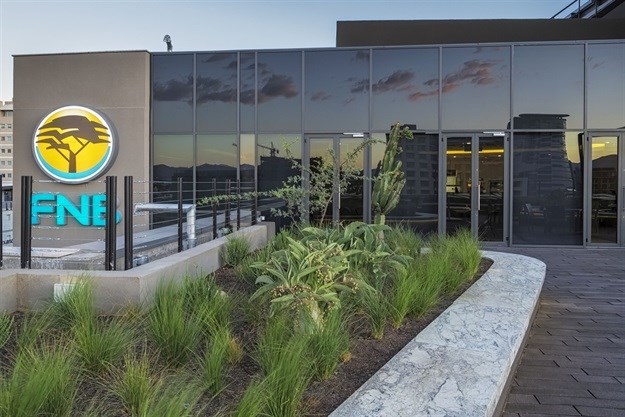Located in Freedom Square, Windhoek, @Parkside, with its environmentally friendly design, and sustainable operational energy management, is said to be the first building in Namibia to achieve a Green Star rating.

Construction of the building started in August 2013 with the buildings practical completion achieved in October 2015. During this time, the building was awarded its four-star Green Star Office SA-Namibia 'Design Rating' from the Green Building Council of South Africa in 2014. Since completion and being fully operational, the project is aiming towards an 'As Built Rating' by demonstrating that the sustainability initiatives designed into the building are installed and operating to their full efficiency potential.
WSP’s Green by Design team has been involved with the project from conceptualisation through every phase of design and construction – consulting with the project team on sustainability and Green Star requirements - and now reviewing the operations of the building for the ‘As Built’ rating submission.
Greg Rice, sustainability consultant, WSP | Parsons Brinckerhoff, Building Services, Africa, says: “There are a variety of innovative and sustainable factors evident in the morphology of the building that have all contributed to this building receiving its Green Star rating.
We are also confident that the building will receive it’s ‘As Built’ rating, as the initial energy modelling has already shown a 40% reduction in operational energy compared to a building constructed according to minimum building regulations. This saving amounts to an estimated 1-million-kWh reduction per year in operational energy.”

However, Rice admits that this journey has not been without challenges: “Being the first Green Star rated building in Namibia, the principles of Green Star were new to the context and contractors. Added to this, working remotely across borders, and dealing with; obtaining work permits, paying import duties, delays at customs and, overall, keeping up to speed with the site activities more complex. While these were crucial challenges to the success of the project, overcoming them also offered an important knowledge sharing opportunity that was led by regular teleconferencing and various site visits during the construction phase. Each site visit also included an evaluation of Green Star requirements that assisted in growing the knowledge base of the heavy documentation process.”
“Throughout this project we also placed significant focus on relaying the importance of future proofing the building, for instance, by installing and/or designing initiatives that are likely to account for unknown future energy, water, waste management, environmental and societal changes. Incorporating such initiatives ensures that the design and development of this building is innovatively smart, ergonomic and more sustainable - not only for today, but well into the future lifecycle of the building as well,” concludes Rice.